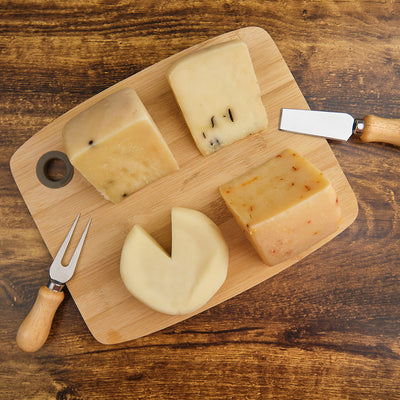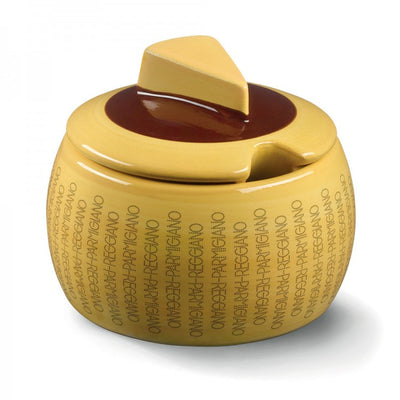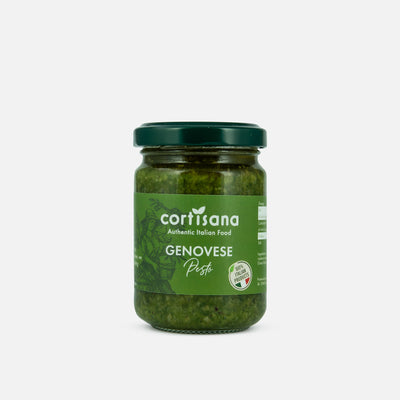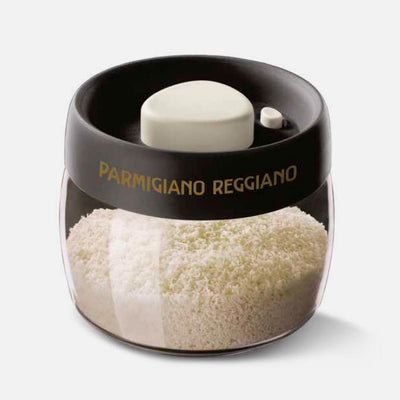Semi-soft Italian cheeses: a guide to the creamiest varieties
Interested in semi-soft Italian cheeses? You’re in the right place. There are many different varieties to choose from. Virtually every region of Italy has it’s own semi soft Italian cheese. In most cases, you need to try them to really appreciate them.
What are semi-soft Italian cheeses?
As the name suggests, semi soft Italian cheeses are softer than hard cheese but not as soft as soft cheese. They should feel springy but you shouldn’t be able to easily slice them. Of course, it also shouldn’t be possible to spread them as you would a soft cheese.
As to flavor, there are hundreds of variants. The taste is defined by the milk used. Traditionally, Italian semi soft cheeses are made from cow, goat, or sheep milk. The production technique also influences the flavor.
Popular semi-soft Italian cheeses
With so many varieties, there is certain to be something that appeals. If you’re new to these cheeses, we recommend you start with some of the most popular options. These include:
Fontina: the melt-in-your-mouth classic
It’s an old one! Fontina Italian cheese has been produced since the 1100s. It was first created in the Aosta Valley and is usually made with raw cow’s milk.
The flavor can be anything from mild and sweet to nutty and tangy; it all depends on how long the cheese is allowed to mature for.
The longer the maturation process the firmer the cheese will be.
Taleggio: bold flavor with a creamy heart
The first thing you’ll notice about this semi soft white Italian cheese is the rind. It can be any color between rosy red to orange. The more mature it is, the more likely it will have edible mold, which increases the tang.
This cheese has an obvious fruity taste and a strong aroma, which gets stronger as the cheese matures. You can eat it by itself or use it in cooking. Taleggio has a low melting point.
Scamorza: smoked or fresh, always delicious
This cheese is also made with cow’s milk. You’ll notice the cheese is shaped into two balls, one of which is smaller than the other. The best scamorza cheese is firm yet chewy. However, what you’ll really notice is the smoky, milky flavor.
It’s worth noting that the name Scamorza translates as “beheaded”. It’s a reference to the fact the balls of cheese are hung for two weeks to allow them to ripen.
Although it’s often compared to mozzarella, scamorza is creamier and sweeter. At that same time its drier than mozzarella.
Crescenza: the delicate and spreadable cheese
This cheese is also made from cow’s milk. It is sometimes referred to as Stracchino. The cheese has a short maturation period and no rind.
You’ll notice a slightly acidic flavor, which seems to enhance the creamy texture. It’s made from the milk of tired cows. That’s those which have been up and down the Alps through the season. Apparently, this gives Crescenza its unique flavor.
How to use semi-soft Italian cheeses in cooking
The beauty of semi soft Italian cheeses is that they generally have a low melting point. This makes them the perfect addition to cooking sauces and other culinary delights, such as pizza.
Of course, some cheeses naturally pair well with foods. For example, the sweetness of mascarpone makes it the perfect addition to Italian desserts, such as Tiramisu.
Ricotta cheese is an excellent choice if you want to stuff pasta. Of course, mozzarella is a common addition to pizza. It’s also great with tomatoes to make a salad.
Conclusion
Italian soft cheeses are delicious by themselves, with bread, in cooking, and when used as a topping. The trick is to find the cheese you like and add it to your cooking. Don’t be afraid to experiment, you never know when you’ll find that perfect combination.
























Leave a comment